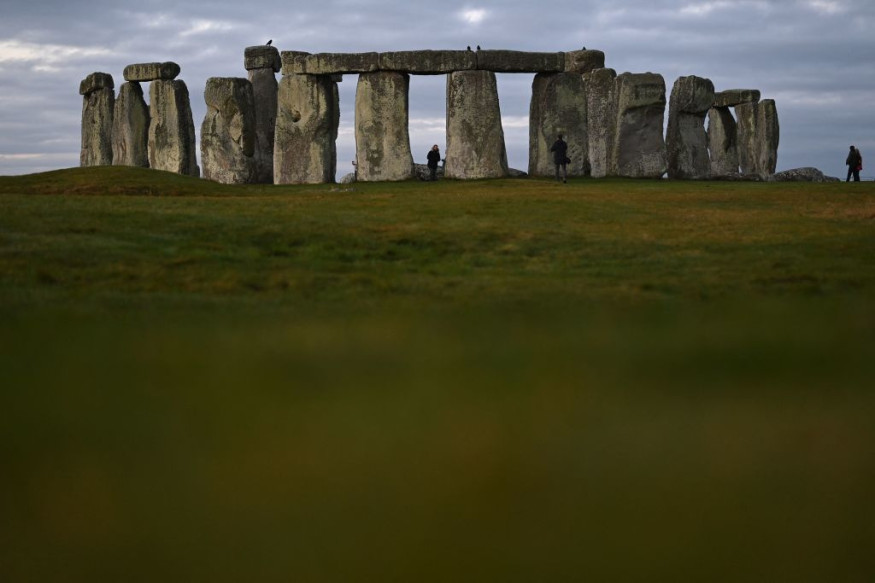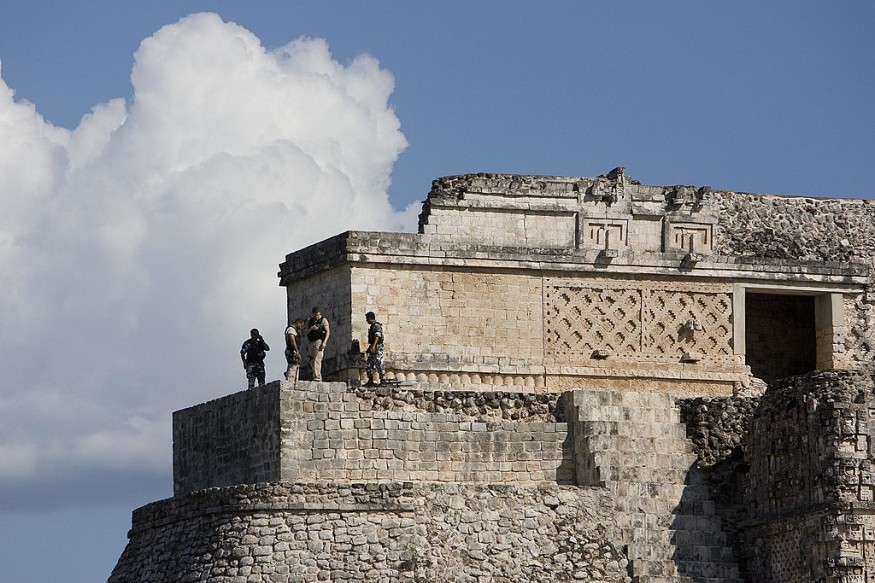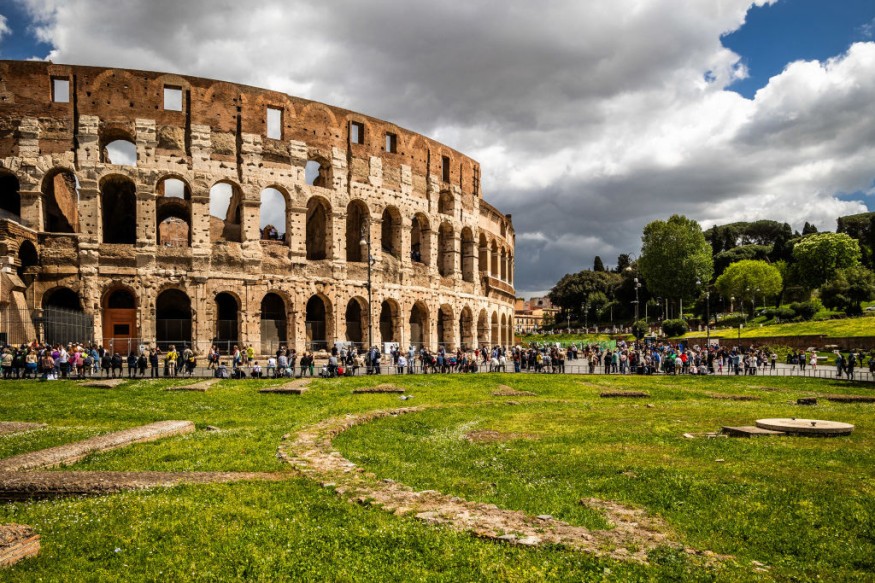How Were Ancient Structures Built? Experts Reveal 5 Explanations
From the towering pyramids of Egypt to the mysterious stone circles of Stonehenge-people often ask 'how were ancient structures built?' This is largely due to the fact that methods used to build these huge ancient structures seem advanced for a building constructed in ancient history.
Additionally, these ancient stone structures around the world have influenced modern architecture, as noted by Design Times.

Despite the enduring impressiveness and influence of these ancient structures, the methods by which they were built remain a mystery. The accuracy and scale of their construction have led to various theories, including some involving aliens or lost technologies.
How Were Ancient Structures Built According to Conspiracy Theories and Speculations
The fascination with how ancient structures were built has led to some wild theories. Some suggest that extraterrestrial beings or advanced lost civilizations played a role in building these structures, arguing that the methods and material used seems too advanced for the time.
More grounded speculations propose that ancient builders might have used tools or techniques that are now lost.
However, these theories, while popular in some circles, lack substantial evidence and are generally dismissed by mainstream scholars.
5 Expert Explanations On How Were Ancient Structures Built
To explain how ancient structures were built, experts have provided five common or top answers.
1. Large Workforce
One common explanation is that ancient stone structures were built by using a large and well-organized workforce. For example, ancient societies like those in Egypt and Mesopotamia had systems to manage many workers. They could gather thousands of people, including skilled craftsmen and laborers.
However, historical accounts suggest that not all laborers were treated well. Some were enslaved or not paid fairly, according to Workforce Monitor.
"For the four centuries between 200 BC and AD 200, it is thought that between a quarter and a third of the population of Rome and greater Italy were slaves. The majority worked as laborers on farms or in quarries whose surplus produce was hoovered up into the cities," Anthropologist James Suzman noted.
2. Construction Techniques
Without metal tools, ancient builders had limits on the materials they could use. Instead, they used rocks using a few of their techniques.
In fact, architectural analyst Julia Schönicke found that Göbekli Tepe, which is the oldest known ancient building from the Neolithic era, has T-shaped limestone pillars that were carved using flint tools and other basic rock-cutting methods.

Another example is Stonehenge. Anthony Johnson stated that Stonehenge used techniques similar to those used in wooden structures, but applied to stone-a process called petrification. There is also evidence that some of the stonework was prefabricated, and the careful arrangement of the stones shows that the builders used advanced surveying techniques.
3. Understanding of Materials
A major part of how ancient structures were built was due to their understanding of the materials they worked with. The use of limestone, granite, and other durable materials was not random, but a deliberate choice based on their properties.
MIT News reported that the Romans made a big improvement in building materials by using a special type of mortar called Roman cement. Earlier cultures used lime mortars, but the Romans added volcanic ash, which made the mortar harden even under water, creating a strong and self-healing cement. This allowed them to build strong walls that are still durable today as they were when they were built.
4. Knowledge
Ancient stone structure around the world seem 'advanced' due to early cultures that saw celestial objects as gods and spirits that they connect to events like rain, drought, seasons, and tides. Scholars like Krupp revealed that ancient structures like Stonehenge likely had purposes related to astronomy, religion, and social activities.
David Aveni's research found that the Mayans viewed Venus as a war god and often timed battles based on its movements. To this day, many Mayan architectural sites, like Uxmal, were likely aligned with the rising and setting of Venus.

5. Trial and Error
Ancient builders, especially the Romans, had to develop and test new methods to overcome challenges such as limited resources and the need for durable public buildings.
According to National Library of Australia, aancient Romans had to come up with new building methods because of their wealth and crowded cities. They used vaults and arches, and understood building materials well, which allowed them to create durable public structures. Examples include Rome's aqueducts, basilicas, and the Colosseum.

It is also believed that both skilled and unskilled slave labor contributed to construction efforts.
These five most common expert explanations answer how ancient structures were built using basic methods that most modern humans can understand. Perhaps it's the word "ancient" that makes these structures seem more complicated, given their advanced design. But in reality, experts have found that it's largely due to human wisdom, creativity, and problem-solving skills.










